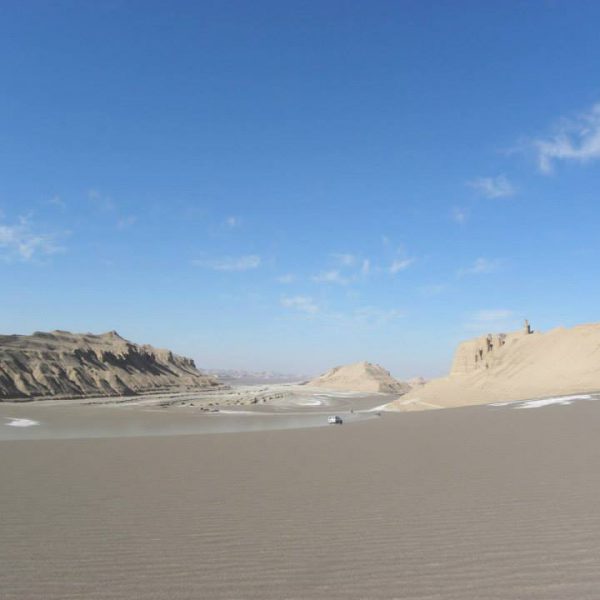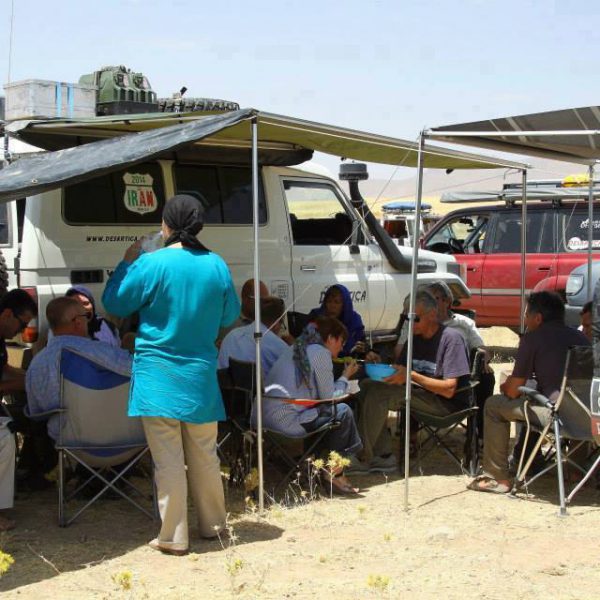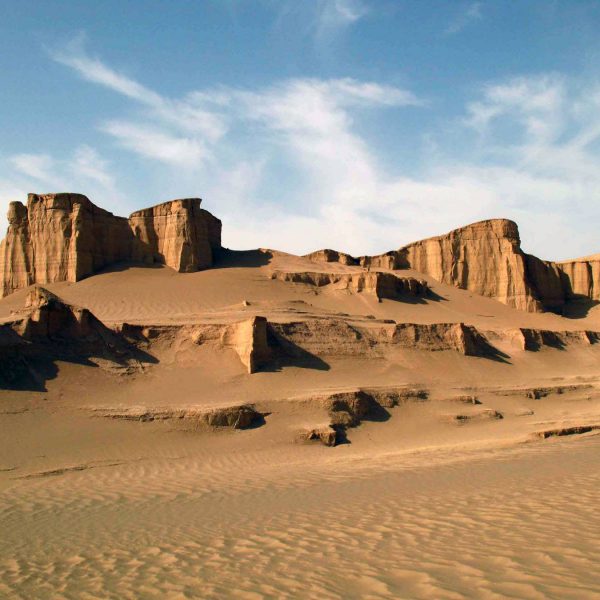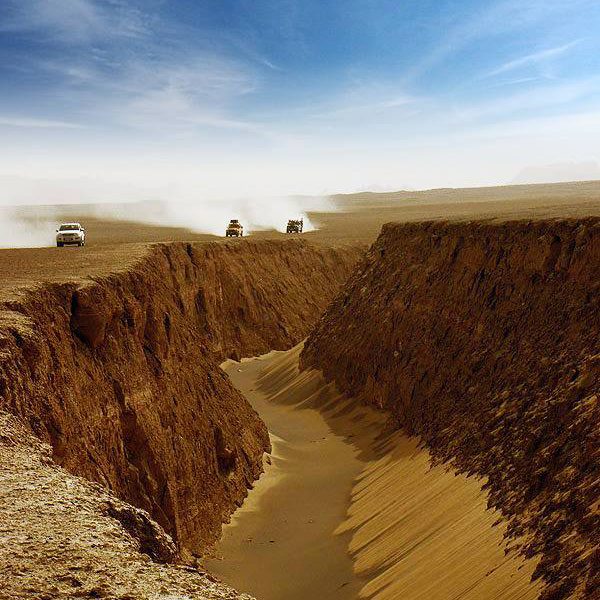Iran lut Desert
Lut Desert, sometimes referred to as Dasht-e Lut, is located in southeast Iran; It has divided to 3 main parts: southern Lut, Central Lut and Northern Lut. It is about 175,000 Sq Km in area, which covers a region surrounded by Kerman, South Khorasan and Sistan & Baluchistan Province.. Lut became the first natural World Heritage of Iran after it’s inscription on UNESCO’s World Heritage List on July 17, 2016.
Lut Desert is most certainly one of the most bizarre places in Iran and probably in the world. Even though the hyper-arid desert is one of the hottest and driest places on the planet; you still can find life in every corner. Everything has a way of adjusting to these extreme conditions. Thus, seeing how the locals were able to live there for at least the last 4000 years is a journey you should take!
Hottest Place on Earth?
Iran’s Lut holds the record for having the Earth’s hottest surface temperature, which can climb as high as 159 degrees Fahrenheit (70 degrees Celsius).
Kaluts, Sand Dunes & other wonders
Moreover, this region is unique in many other cases. For instance, we can mention gigantic rock formations or Kaluts, some of the tallest sand dunes in the world (Yalan Sand Dunes), salt plains, salt lake, forgotten castles and rivers.
Kaluts
One of the most exciting geomorphological structures of Lut is the special bumps called Kalut which is the biggest natural clod structure in the world; they are the most unique structures in the desert. Kalouts are similar to parallel tunnels which are positioned from northwest to northeast. Kaloots are 80 km in width, 145 km in length, and in some cases 120 meters high; they are located in the west of Central Lut at a distance of 43 kilometers from Shahdad. From a distance, Kaluts look like the ruins of a big legendary city with grand palaces and buildings both short and high. In fact, these Kaluts were created by the Erosions of wind and rain. The Kaluts are famous to “Sand Castles”.
In recent years, some desert camps have been built within 20 kilometers from Shahdad for visitors who wish to spend the night between the Kalouts. These camps are called “Kutu”, meaning pergola in local language, to help travelers escape the heat of the desert in the day and relax during the night. Kutus are made from wood and provide the guest with water, electricity and shower.
Salt Lake
After the floods of early spring 2019, part of the salt river that was near the road has become a lake! So, nowadays we have a salt lake near the Kaluts of Lut desert in Kerman.
There are wonderful and different landscapes in Dasht-e Lout:
Nebka Park
Snake’s Tongue Valley ( Zaban-e Mar )
Salt river
Tape Tokhm-e Morghi (Egg hills Or Egg shaped hills )




